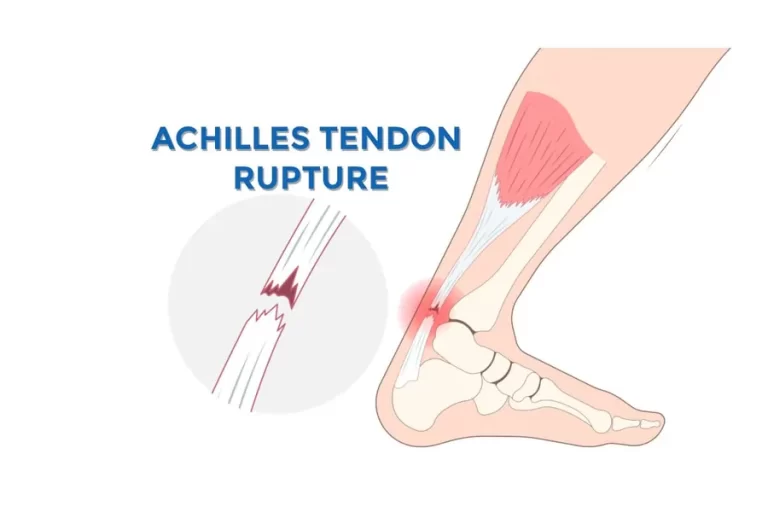Kinesiology Tape for Knee Pain
Introduction Kinesiology tape is a stretchy, therapeutic tape applied to the skin to support muscles and joints without restricting movement. For knee pain, it can help reduce swelling, improve circulation, and provide mild support to stabilize the joint during activity. Often used in sports and rehabilitation, kinesiology taping can aid in pain relief and functional…










